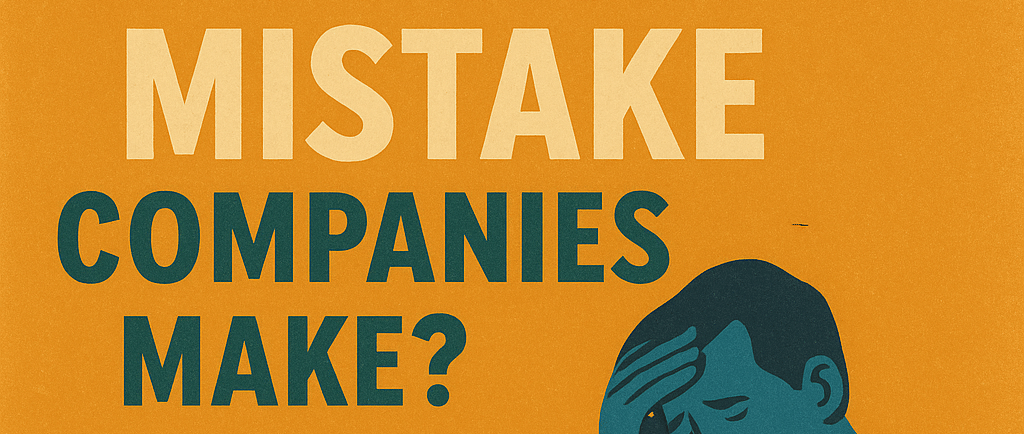The Most Expensive Mistake Companies Make? Ignoring Burnout
How neglecting wellness destroys both morale and profit
Kamy Charles
10/11/20252 min read


Burnout Isn’t a Buzzword—It’s a Balance Sheet Issue
For too long, burnout has been framed as a personal failing or a “tough it out” challenge. But the truth is, burnout is expensive.
Beyond the emotional and physical toll on individuals, burnout quietly eats away at organizational performance. Missed deadlines, disengaged employees, and stalled innovation are all symptoms of a workforce running on empty.
The numbers speak for themselves: replacing an employee costs 2–3 times their annual salary. Preventing burnout costs a fraction of that.
---
The Real Cost of Ignoring Burnout
When burnout goes unchecked, the impact ripples far beyond one person’s wellbeing:
📉 Productivity drops — Creativity and focus erode under chronic stress.
🏃 Turnover spikes — Top performers leave first when the environment becomes unsustainable.
🤫 Innovation stalls — People in survival mode can’t think expansively.
💸 Reputations suffer — Word spreads quickly about cultures that burn people out.
These aren’t soft losses—they’re financial, strategic, and cultural liabilities.
---
Why “More Perks” Isn’t the Answer
Many companies respond to burnout with surface-level solutions: free lunches, meditation apps, or extra PTO days. While well-intentioned, these perks don’t address the root causes of burnout:
🚨 Unmanageable workloads
🚫 Lack of boundaries or autonomy
🧭 Unclear goals and shifting priorities
🧍 Lack of psychological safety or trust
Burnout prevention isn’t about adding perks. It’s about removing friction.
---
Prevention Is Strategy, Not Sentiment
The most effective organizations treat burnout prevention as a strategic imperative, not a wellness initiative.
Leaders can make a difference by:
✅ Modeling healthy boundaries — Logging off on time signals that it’s safe for others to do the same.
✅ Clarifying priorities — Reducing ambiguity reduces cognitive overload.
✅ Redesigning workloads — Sustainable pacing beats sprints that never end.
✅ Creating psychological safety — Employees should be able to speak up before they burn out.
These actions build trust, loyalty, and resilience—without massive costs.
---
Final Thought: Sustaining People Sustains Profit
Burnout isn’t inevitable. It’s preventable when leaders prioritize people as assets, not expendables.
The organizations that will thrive in the future aren’t the ones that squeeze harder—they’re the ones that design for sustainability.
💬 How is your organization proactively addressing burnout before it becomes a turnover headline?
